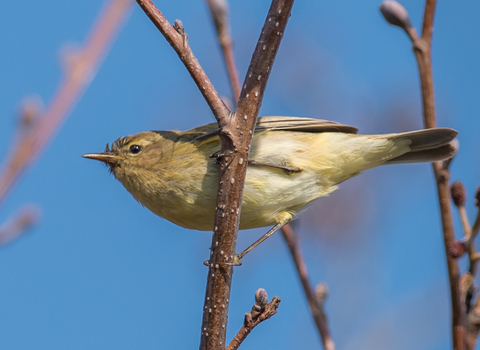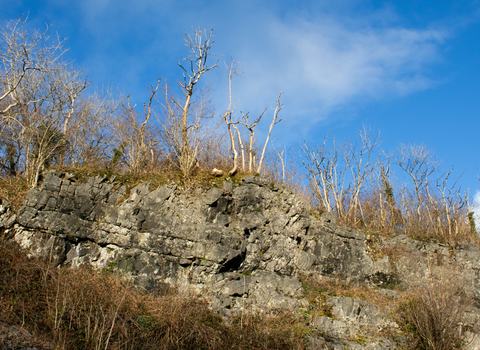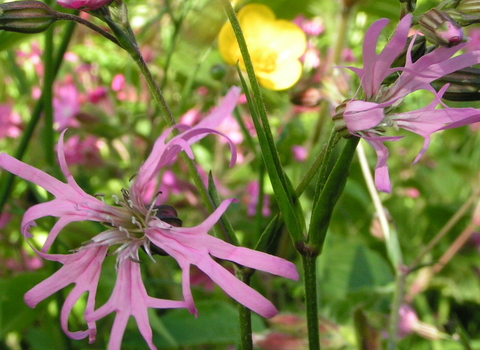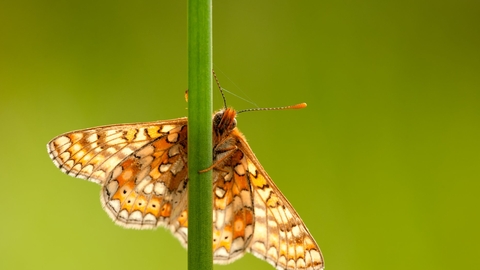
Ross Hoddinott/2020VISION
Rhos Cefn Bryn, Llannon
Know before you go
Dogs
When to visit
Opening times
Open access reserveBest time to visit
SummerAbout the reserve
Rhos Cefn Bryn consists of unimproved acid grassland.
This type of grassland is generally confined to west Wales and is a feature associated with Carmarthenshire and south Ceredigion. Such habitats are becoming scarcer resulting in the loss of important areas for many specialised species of birds, reptiles and insects.
The reserve is made up of two fields (Cefn Bryn and Tir Lan). These are dominated by Purple Moor Grass and together with other plants such as Cross-leaved Heath and Heather (Ling), Cotton Grass, Bog Asphodel, Bog Myrtle, Marsh Lousewort and Devil’s-bit Scabious, the larval food-plant of the Marsh Fritillary, form a ‘rhos-like’ pasture, which has received traditional management over previous years.
The reserve supports a thriving population of the endangered and declining Marsh Fritillary butterfly, which can be seen from May until September and the caterpillars can be found in larval webs most conspicuous during September and October. Other invertebrates present include the Marbled White and Small Copper butterflies and the Six-spot Burnet moth.
Dormice can be found in the wooded areas at both ends of the fields and in the adjacent hedgerow and are most active between July and October. Adders and Common Lizard can be seen basking in the sun during the summer months.
Ground nesting birds such as Meadow Pipit and Snipe feed on the plentiful supply of insects in the grassland, and Reed Bunting can be seen feeding amongst the scrub and Willow carr.
Download the site map
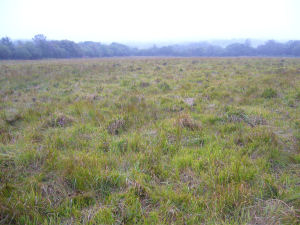
Lizzie Wilberforce

